The human body is a marvel of complexity and wonder. From the intricate workings of our organs to the incredible feats our bodies can achieve, there’s a seemingly endless array of fascinating human body facts to discover. Get ready to dive into the weird and wonderful world of the human body, where the surprising will become the ordinary.
15 Intriguing One-Line Facts
- Your stomach acid is strong enough to dissolve metal.
- Your nose produces about a cup of mucus every single day.
- The surface area of your lungs is about the same size as a tennis court.
- The largest bone in the human body is the femur (thigh bone).
- Humans shed about 600,000 particles of skin every hour.
- The heart beats about 100,000 times per day.
- You have enough iron in your body to make a nail about 3 inches long.
- You lose about half your taste buds by the time you turn 60.
- You are taller in the morning than in the evening.
- It’s possible to blush and turn your stomach inside out.
- The smallest bone in your body is located in your ear and is the size of a grain of rice.
- Your bones are about four times stronger than concrete.
- Babies are born with approximately 300 bones, but adults have only 206.
- Every second, your body produces 25 million new cells.
- You can produce enough saliva to fill two swimming pools in your lifetime.
Fact 1: Your stomach acid is strong enough to dissolve metal.
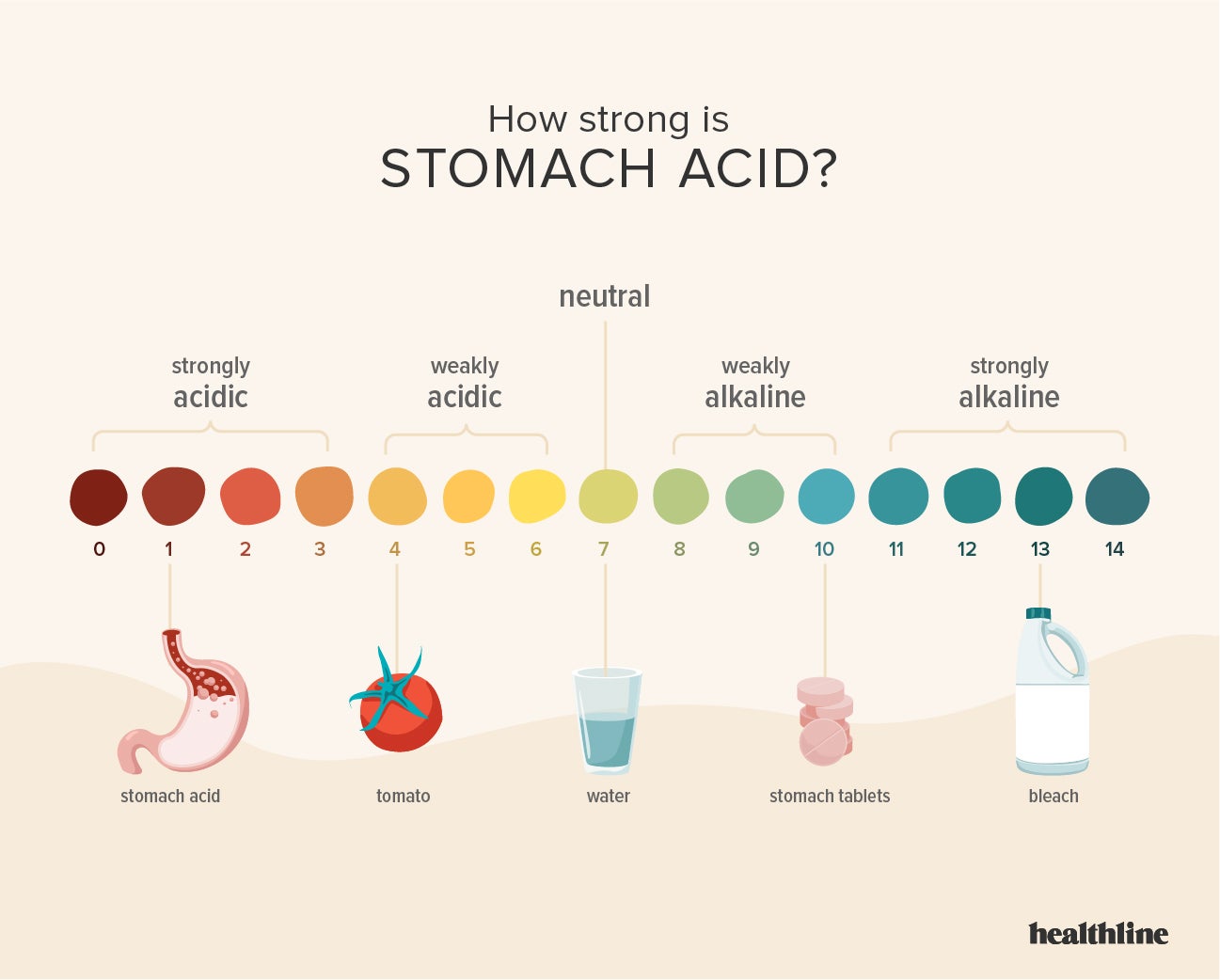
It might seem impossible, but it’s true! The hydrochloric acid in your stomach has a pH ranging from 1 to 2, making it incredibly potent. This acidity isn’t just for breaking down food—it also helps kill off harmful bacteria that enter your digestive system.
Fact 2: Your nose produces about a cup of mucus every single day.
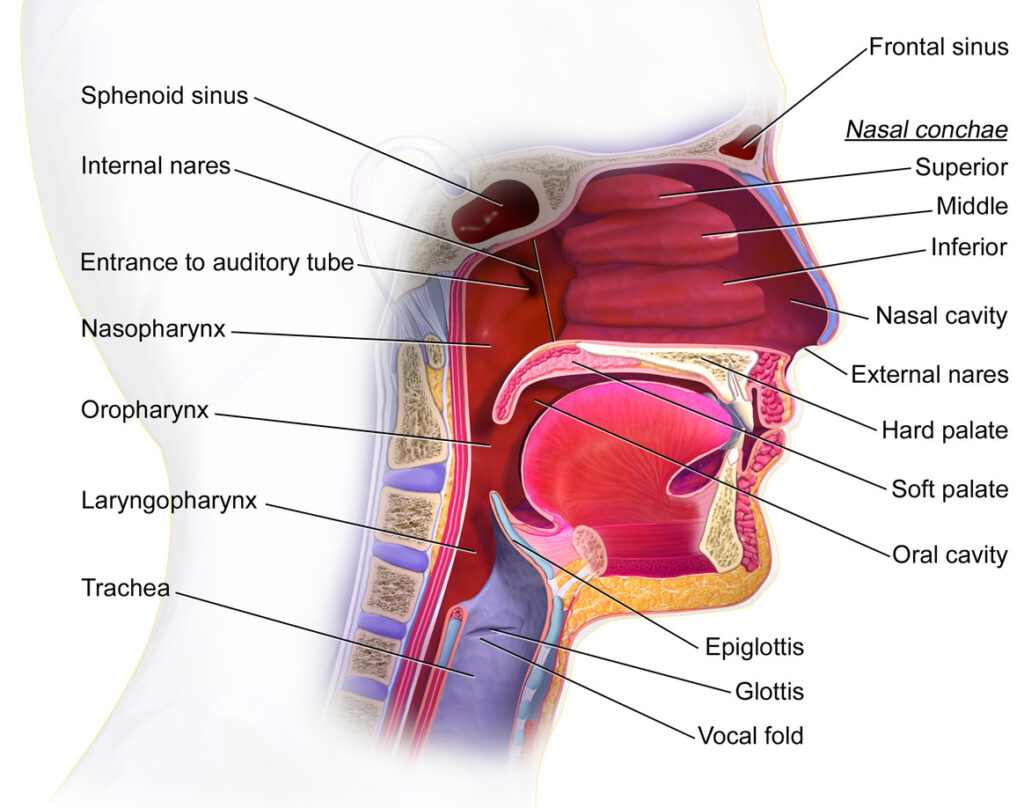
While it may seem unappealing, the mucus in our nasal passages serves a vital function. It traps dust, pollen, and other particles, preventing them from reaching the lungs. Your mucus membranes help protect you from illness.
Fact 3: The surface area of your lungs is about the same size as a tennis court.

It’s truly incredible! This incredibly efficient design maximizes the amount of oxygen that can be absorbed into your bloodstream.
Fact 4: The largest bone in the human body is the femur (thigh bone).
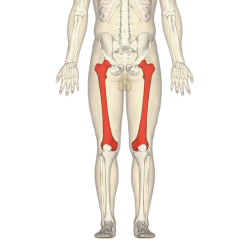
Not only is it the largest but also the strongest bone in the body. The femur can generate force nearly equal to seven times your body weight during regular, everyday activity.
Fact 5: Humans shed about 600,000 particles of skin every hour.

Image Source: Twitter
That’s about 1.5 pounds of skin cells each year! This process of shedding dead skin is known as desquamation, and it serves as your body’s natural renewal system.
Think you know a lot about space? These surprising facts might prove you wrong. Top 15 Space Facts
Fact 6: The heart beats about 100,000 times per day.

This might feel like a huge number, and that’s because it is! With each beat, your heart pumps blood throughout your body, delivering oxygen and nutrients to all your vital organs. Over the course of an average lifetime, your heart will beat an incredible 3 billion times.
Fact 7: You have enough iron in your body to make a nail about 3 inches long.

This essential mineral plays a crucial role in the production of hemoglobin, the protein in red blood cells that carries oxygen to all parts of your body. While having a literal iron nail inside you wouldn’t be healthy, this helps put the amount of iron needed for healthy function into perspective.
Fact 8: You lose about half your taste buds by the time you turn 60.

CSA Images/Getty Images
Our sense of taste starts a gradual decline around the age of 60. Our taste buds become less sensitive and don’t regenerate as efficiently as they once did. This explains why older adults often experience changes in their sense of taste and might lose interest in certain foods.
Fact 9: You are taller in the morning than in the evening.

Image Source: researchgate
While the difference isn’t huge, it’s a noticeable change over the course of the day. The cartilage in your spine compresses when you’re upright, making you very slightly shorter by afternoon or evening. When you lie down, the cartilage re-expands, and you reach your tallest height as soon as you wake up.
Fact 10: It’s possible to blush and turn your stomach inside out.
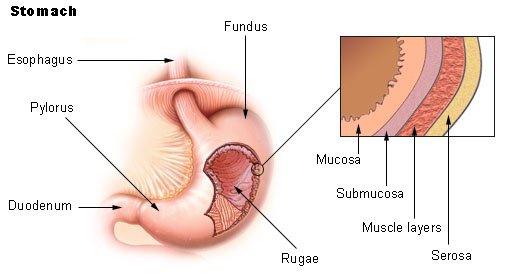
Blushing might be an embarrassing bodily reaction, but it serves a valuable social function. As for a potential inside-out stomach… luckily, this is incredibly rare but could occur in very exceptional medical scenarios.
Fact 11: The smallest bone in your body is located in your ear and is the size of a grain of rice.
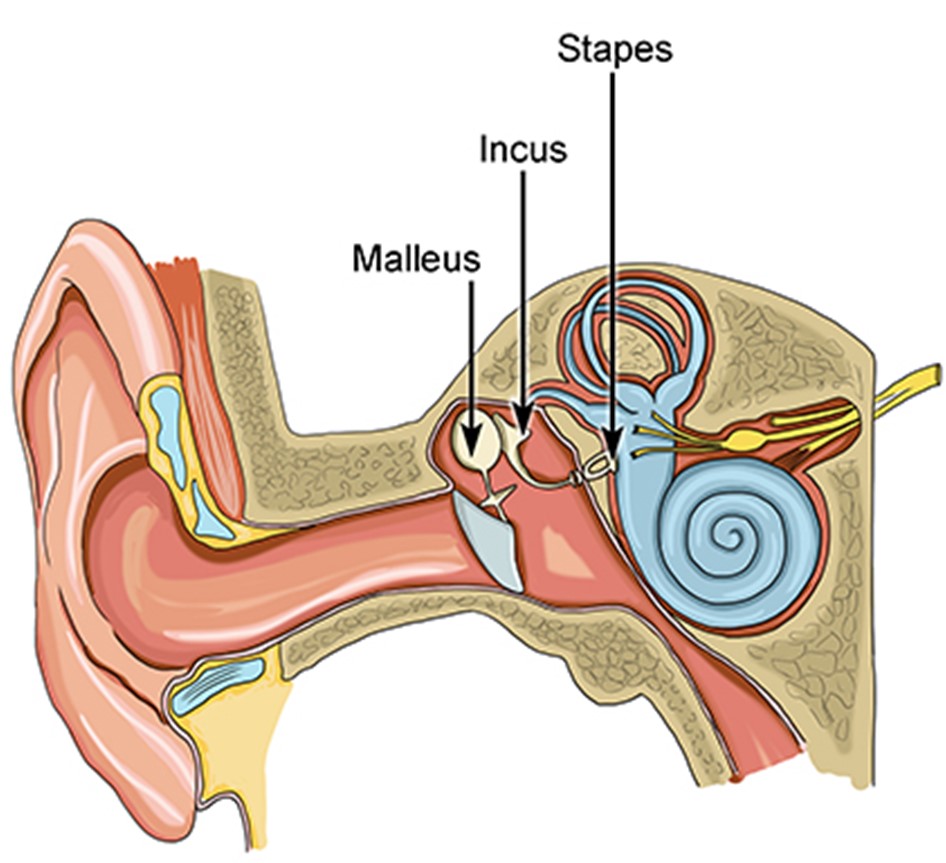
This tiny bone is one of the three bones found in the middle ear, called the stapes or “stirrup”. It plays a crucial role in transmitting sound vibrations to the inner ear.
Fact 12: Your bones are about four times stronger than concrete.
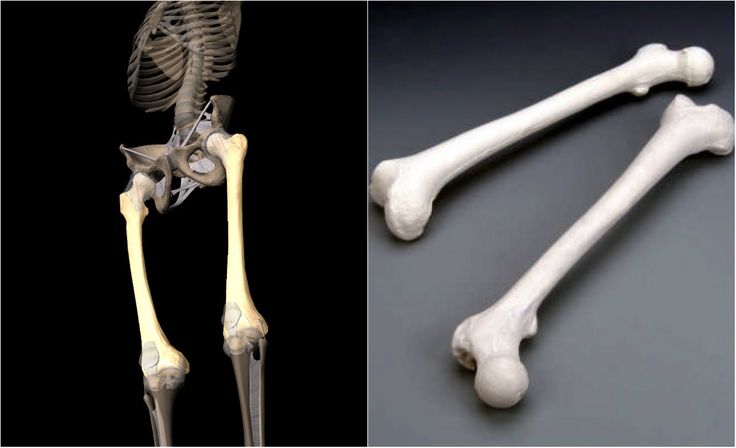
Pound for pound, your bones are indeed much stronger than concrete. When subjected to stress tests, a block of bone of the same size as a concrete block is incredibly resilient.
Fact 13: Babies are born with approximately 300 bones, but adults have only 206.
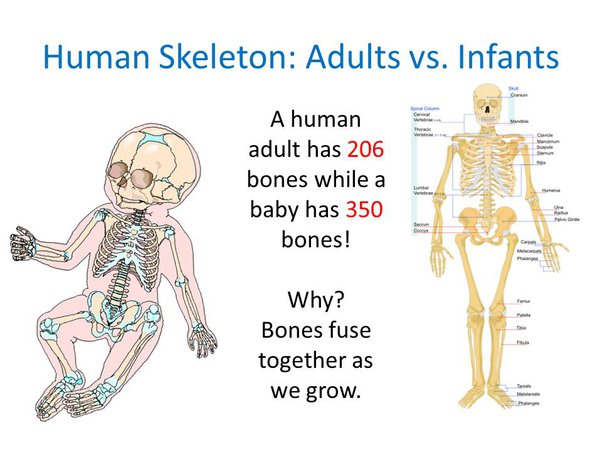
Babies may start out with more bones, but their skeletons change significantly because many small bones fuse together during growth and development. This allows for better structural support as the infant grows.
Fact 14: Every second, your body produces 25 million new cells.
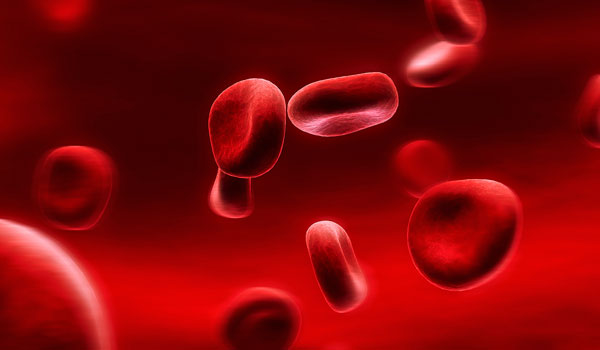
This might sound like a gigantic number, but when you consider how many cells the body contains, it makes sense. This constant regeneration of skin, bone, blood, and muscle cells sustains health and function.
Fact 15: You can produce enough saliva to fill two swimming pools in your lifetime.

This fact can be a little gross, but it highlights how efficiently our body produces vital fluids. Saliva aids in digestion, prevents tooth decay, and even helps keep bad breath in check.
Conclusion
The human body is a fascinatingly complex machine. From amazingly strong acid to incredible cell regeneration, its workings often push the boundaries of understanding. These are just a few examples of the astounding capabilities of the human body that we often take for granted.
Frequently Asked Questions
-
Why do some people have different colored eyes?
The iris, the colored part of your eye, gets its hue from melanin (the same pigment that determines skin color). Differences in melanin concentration and distribution result in varied eye colors.
-
Is it true that everyone has a unique fingerprint?
Yes! Even identical twins have distinct fingerprints. Although patterns of ridges share similarities, the minute details differ from person to person.
-
Can your hair really turn white overnight from stress?
No, it’s more gradual. Extreme stress can accelerate the overall graying of hair but generally takes weeks or months, not a single night.
-
How much of your brain do you actually use?
Despite the popular ‘10% of the brain myth’, you use most of your brain throughout the day for various functions, just not all parts simultaneously.
-
Why do we get goosebumps?
Goosebumps are a throwback to our furry ancestors! Raising body hair helped with warmth and made the body appear larger when under threat. Modern humans rarely have thick enough hair to make a difference, but the instinctual response remains.
-
Why do we cry when we are sad?
Emotional tears (different from tears generated to lubricate the eye) are thought to act as a mechanism for signaling distress to others and even have some mood-boosting capabilities.
-
Can you tickle yourself?
Nope! Since your brain knows and predicts actions it generates itself, self-generated tickling doesn’t provide the element of surprise and stimulation needed.
-
Is it possible to sneeze with your eyes open?
Although incredibly rare, under certain circumstances, some people can! It has to do with the complexity of facial nerve control.
-
Why do knuckles crack?
Cracking your knuckles releases bubbles of gas that are trapped in the fluid (synovial fluid) that lubricates joints.
-
Why do we yawn?
While still partially debated, yawns likely increase oxygen to the brain and help regulate its temperature. The contagious nature of yawning remains a fun behavioral mystery!




